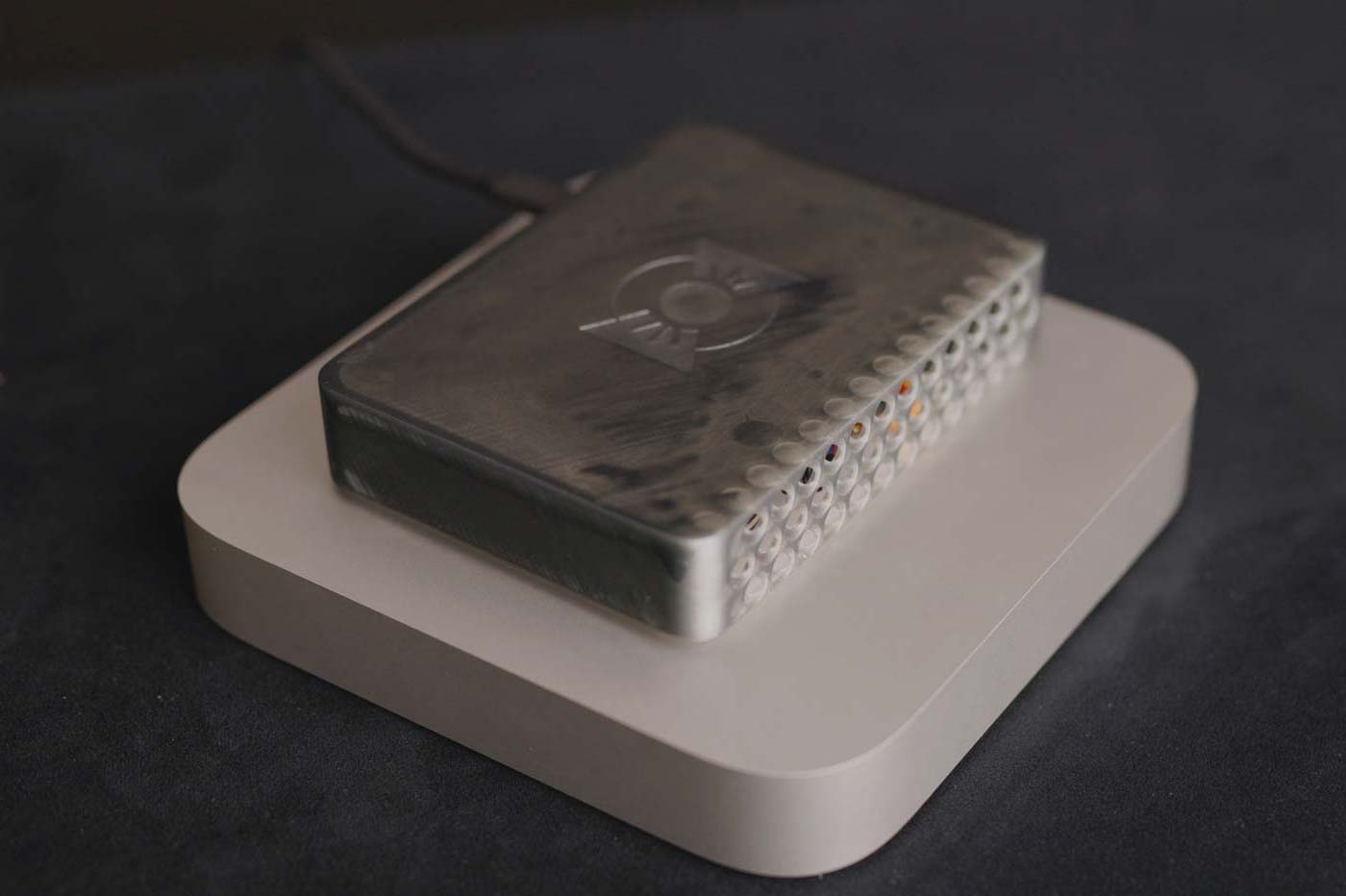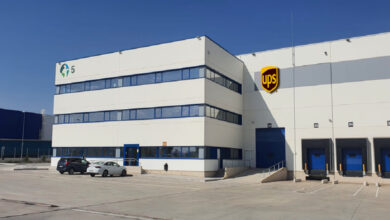
The launch of the James Webb Space Telescope has been successful, but NASA engineers are not out of the woods.
While the whole world had their eyes riveted on their Christmas tree, in Kourou the atmosphere was quite different. While the launch was originally slated for December 18, giving everyone plenty of time to come home to celebrate the holiday season with their families, things ultimately didn’t go as planned.
Indeed, after several hiccups and a final weather problem, the most important launch of the year, if not the decade, has taken place. From the ESA base in Kourou, French Guiana, an Ariane 5 rocket took off with the James Webb space telescope on board. With them, the hope of millions of scientists and enthusiasts took flight.
Once the first minutes through the atmosphere passed, the weather was relieved, this first step went well. But this little moment of respite did not last. Indeed, the journey over a million kilometers to point L2 of our Earth – Sun system is not like a cruise through space.
29 days of terror when anything can happen
During these 29 days of mopping, the space telescope must especially not be damaged, deviate from its trajectory or any other problem which would have terrible consequences for this mission, which cost 10 billion dollars.
But while it has been in space for more than 72 hours now, the space telescope will have to carry out a very delicate maneuver, which should allow it to take the final shape of its design. In order to fully understand what awaits the space telescope in the coming hours, the American site The Verge made the analogy with a Swiss army knife, and it is exactly it.
A crucial step after 72 hours of flight
As the article explains, the telescope was far too large in its final form to fit under the fairing of any rocket. So he had to be folded in on himself, taking care that nothing could hinder his deployment later during the mission. This is the first time that NASA has been forced to design a deployment plan at this level of complexity.
In the next few hours, the telescope will therefore have to unfold its devices one by one. At Northon Group, which is behind the conception of this “origami of space”, engineers like to call the Webb the “Transformers telescope” in reference to the famous film saga. It remains to be seen whether the “Webb” will have the same success as Optimus Prime.



